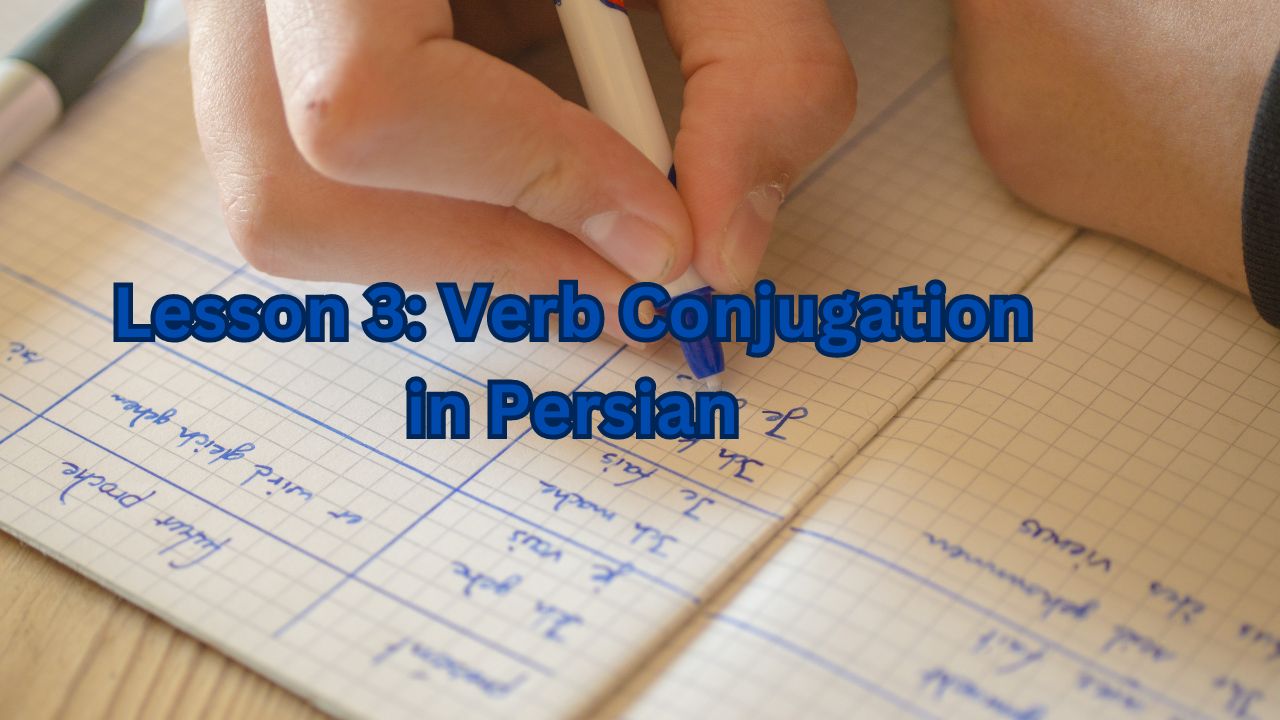Understanding the Basics
Persian verbs can seem complex, but with a solid foundation, you'll be able to grasp the core concepts. Let's break it down.
Key Points:
-
Verb stems: Persian verbs are built around a root or stem.
-
Personal endings: These are added to the verb stem to indicate the person and number of the subject.
-
Tenses: Persian has different tenses, but we'll focus on the present tense for now.
Present Tense Conjugation
Let's use the verb khāndan (to read) as an example.
|
Person |
Pronoun |
Verb Conjugation |
|
1st person singular |
من (man) |
میخوانم (mikhānam) |
|
2nd person singular |
تو (to) |
میخوانی (mikhānī) |
|
3rd person singular masculine |
او (u) |
میخواند (mikhānand) |
|
3rd person singular feminine |
او (u) |
میخواند (mikhānand) |
|
1st person plural |
ما (mā) |
میخوانیم (mikhānīm) |
|
2nd person plural |
شما (shomā) |
میخوانید (mikhānīd) |
|
3rd person plural |
آنها (ānhā) |
میخوانند (mikhānand) |
Note: The prefix mi- is used to form the present tense.
Practice Time
Let’s conjugate the verb رفتن (raftan - to go):
|
Person |
Pronoun |
Verb Conjugation |
|
1st person singular |
من (man) |
میروم (mirāvam) |
|
2nd person singular |
تو (to) |
میروی (mirāvi) |
|
3rd person singular masculine |
او (u) |
میرود (mirāvad) |
|
3rd person singular feminine |
او (u) |
میرود (mirāvad) |
|
1st person plural |
ما (mā) |
میرویم (mirāīm) |
|
2nd person plural |
شما (shomā) |
میروید (mirāyid) |
|
3rd person plural |
آنها (ānhā) |
میروند (mirāvand) |
Challenges and Tips
-
Irregular verbs: Persian has irregular verbs that don't follow the standard pattern.
-
Negative forms: Forming negative sentences requires specific particles.
-
Tenses: Mastering different tenses can be challenging.
Tips:
-
Practice conjugating different verbs regularly.
-
Listen to native speakers to improve pronunciation.
-
Use flashcards or online resources for vocabulary building.

